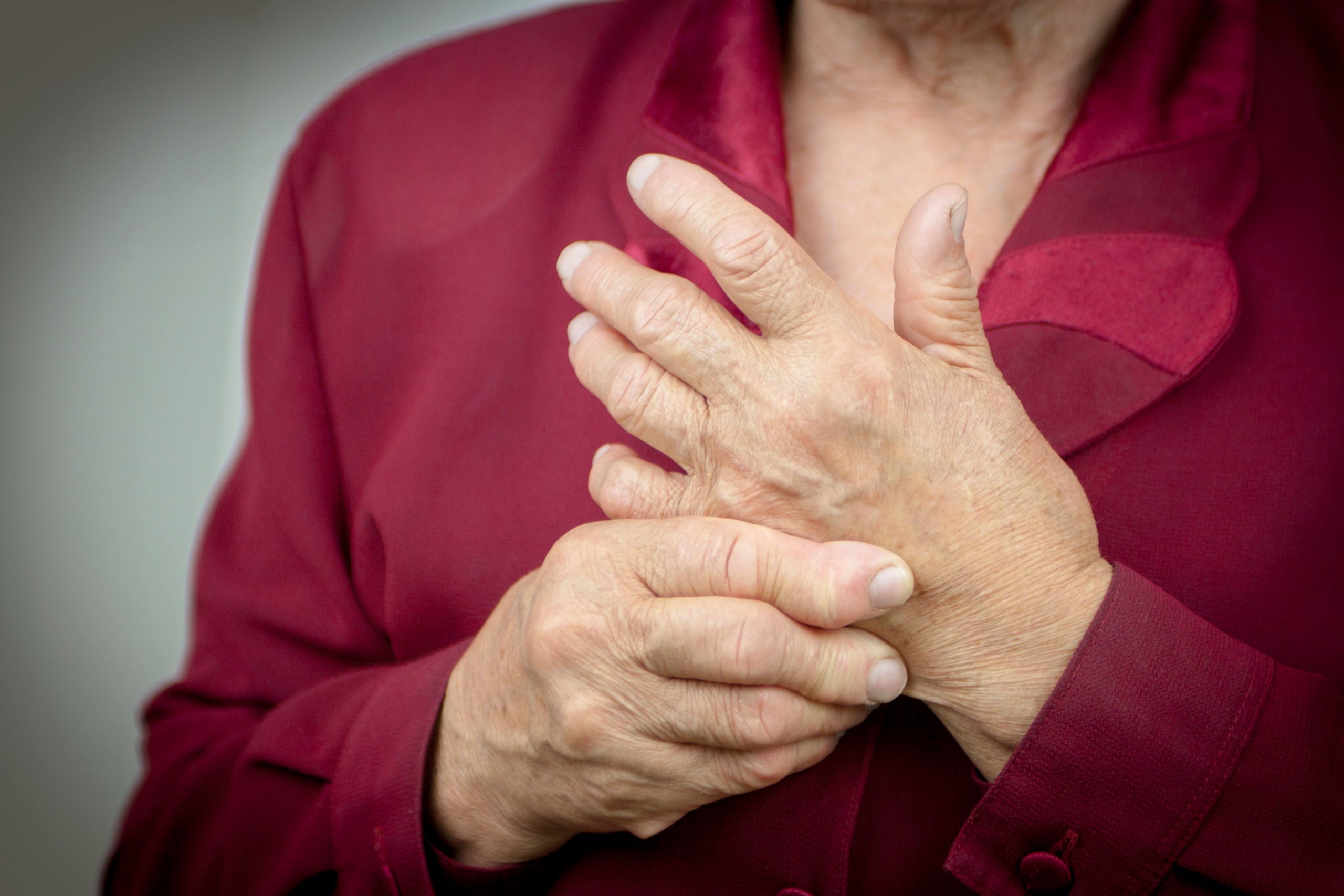

Should I seek medical treatment if I stub or jam my finger?
Stubbing or jamming one’s finger while working, playing sports or carrying out daily activities is something that can happen even to the most careful among us. But while one may want to quickly forget the painful incident, more serious cases — such as when one falls straight on a finger, or when a door slams on and hyperextends a joint — may require medical attention. Hand anatomy is complex. Not seeking medical attention when it is needed could lead to further issues down the line including stiff fingers and contractures, as well as arthritis requiring life-long care.
Hand anatomy is complex. Not seeking medical attention when it is needed could lead to further issues down the line including stiff fingers and contractures, as well as arthritis requiring life-long care.
Follow us on Telegram for the latest updates: https://t.me/AsiaMDsg
What to do after stubbing or jamming your finger
After a stubbing or jamming accident, one can alleviate the pain with the RICE method (Rest, Ice, Compression and Elevation). Icing with a cold pack wrapped in a damp cloth or dunking your finger in ice water for 15 minutes will be especially helpful with minimising discomfort, as it helps to numb the area and bring down swelling. Do not put ice directly on skin to prevent ice burn and skin damage.
Splinting may be helpful to protect and support the injured digit, especially if it might be broken. Temporary splinting until you get to the doctor’s can be done by taping a pen or ice cream stick to the affected finger. This will immobolise it, prevent bending and reduce the pain temporarily.
When to seek help
Sprains that still allow normal range of motion should resolve in one to two days. However, you should seek professional help if there is a deformity, deep wound or pain that lingers beyond two to three days.
Treatment options
To make a diagnosis, the doctor will want to know what happened. Beyond a physical examination, an X-ray, MRI or CT Scan may be required. Serious injuries may require surgery to fix the injury either a fracture or ligament or tendon tear. In severe cases it is sometimes a need to replace or fuse the joint and tissues. Neglected injuries are at higher risk of the need for reconstruction. fractures that are not too severe may be treated with buddy taping, where you wrap the injured finger with a non-injured finger for three to six weeks without strenuous activity.
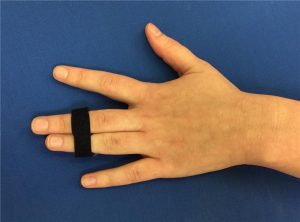
Buddy taping where an injured finger is stabilised with a non-injured adjacent digit.
Image: American Society for Surgery of the Hand
In some cases, the doctor may schedule a follow-up appointment to make sure the fracture is healing properly and aligned or the ligaments and tendons are not disrupted. This is important to prevent deformities and loss of function in the future.
This article has been verified medically by Dr Tan Ter Chyan, hand surgeon at Hand Surgery Associates, Mount Elizabeth Novena Specialist Centre (Singapore).





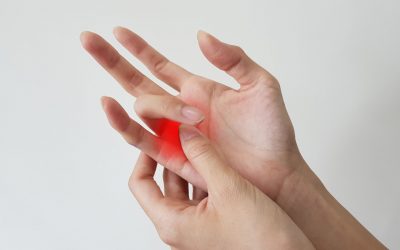
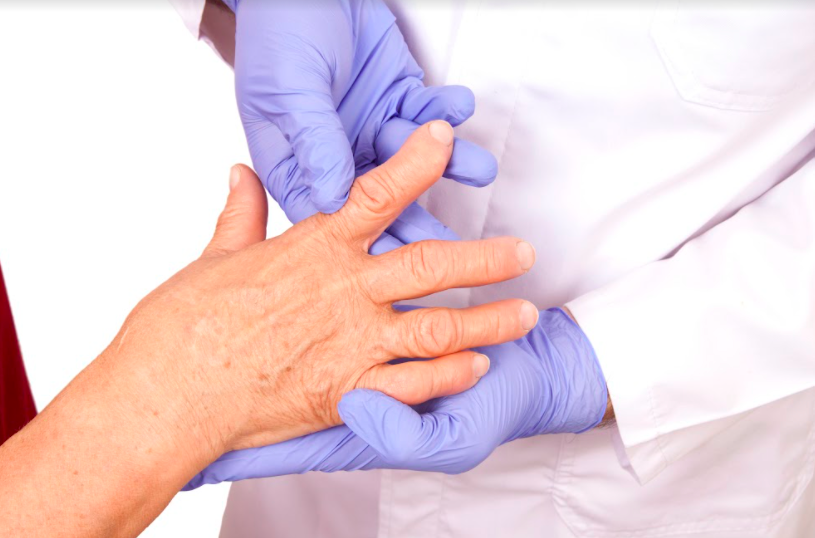
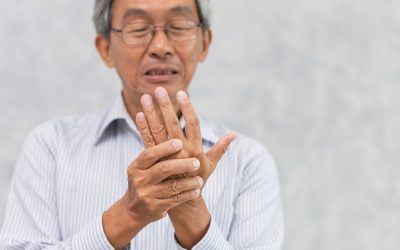
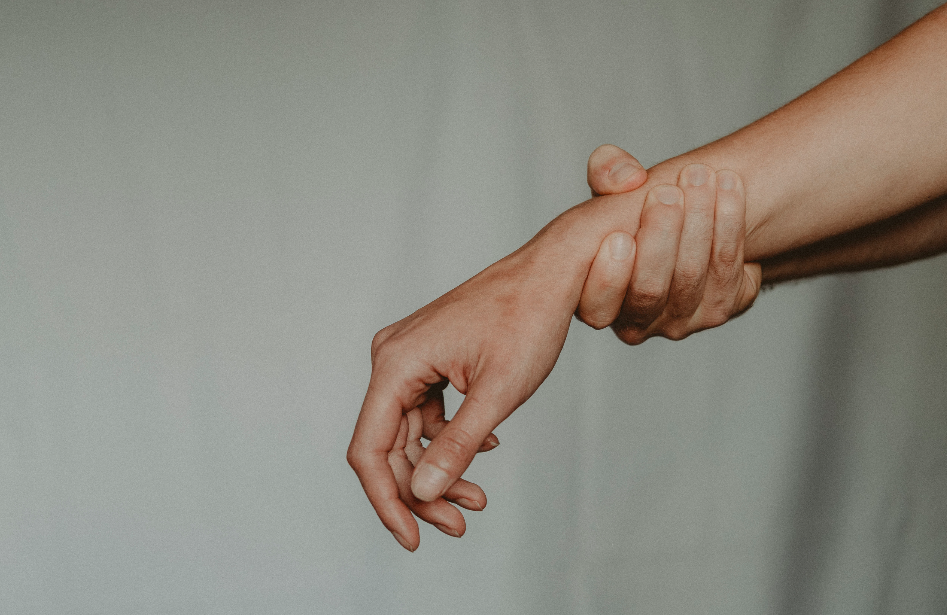
0 Comments